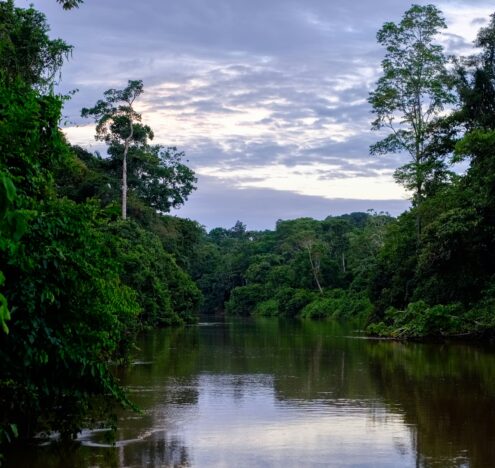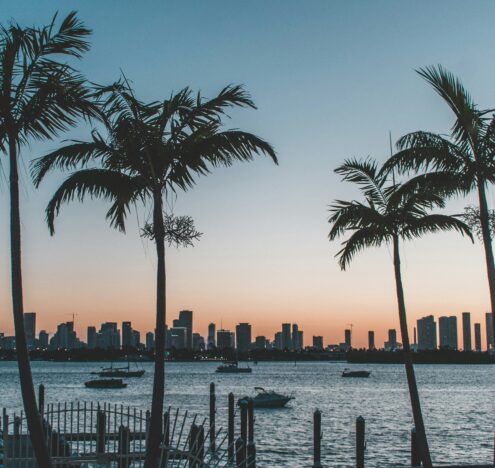This analysis was featured in Critical State, a weekly newsletter from Inkstick Media and The World. Subscribe here.
Last week on Deep Dive, we looked at the objects that victims of human rights abuses carry with them in their long search for reparations and commemoration of their losses. This week, we continue our examination of physicality in security studies by reading new research on the weaponization of water.
At one point in human history, water’s importance in war went beyond bearing convoys, hiding submarines, and slaking soldiers’ thirst. Water was often itself a weapon. In areas where it was scarce, armies took action to make it scarcer to force besieged enemy cities to capitulate, and in areas where it was abundant, combatants destroyed dams and watched the resulting floods carry their adversaries away. Today, however, most combatants recoil at the use of water as a weapon, and only the most depraved deploy it.
In a new article in International Security, political scientist Charlotte Grech-Madin traces the rise of this “water taboo” and explains how it has been enforced since it first appeared. In doing so, Grech-Madin makes the case that the taboo arose not from any decline in water’s tactical utility but from a moral response sparked by human rights advocates.
Water was often itself a weapon. Today, however, most combatants recoil at the use of water as a weapon, and only the most depraved deploy it.
In World War II, both sides routinely targeted water sources as part of their war effort. The British even built a special bomb for destroying German dams in an attempt to flood German farmland, deploying it in an air offensive with the achingly British name “Operation Chastise,” which killed 1,600 civilians. At the outset of the Korean War, norms remained the same. The new Geneva Conventions made no mention of water as a weapon, and North Korean forces were quick to target dams in the south while United Nations forces destroyed North Korean hydroelectric plants. As human rights discourse gathered momentum, however, the combatants soon sought to cover the shame of their use of water with rhetorical fig leaves. In 1953, when UN commander Mark Clark asked the US Air Force to bomb dams in an effort to inundate key North Korean agricultural land and destroy 250,000 tons of rice, the Air Force did so only on the condition that the bombings would be publicly described as an attempt to inundate military railroads, not civilian rice fields.
By the Vietnam War, states were utilizing that sense of shame to their own ends. North Vietnamese propaganda frequently highlighted the importance of the system of dikes in the country to its civilian agricultural production, suggesting the humanitarian crisis that would result if US bombers targeted the country’s water system. The argument was so effective that, while Richard Nixon wanted to ignore it and launch a mass bombing operation against the dikes, noted humanitarian Henry Kissinger intervened and convinced him not to, telling the president, “I don’t want the world to be mobilized against you as a butcher.” The norm had suddenly grown so strong that even Kissinger had to take heed of it.
Its sudden strength did not appear from nowhere. By the early 1970s, protection of the North Vietnamese dikes had become a key goal of both the peace movement and advocates of international law. An unlikely coalition of UN Secretary-General (and ex-Nazi collaborator) Kurt Waldheim, Presbyterian minister Eugene Carson Blake, and actor and activist Jane Fonda began an effort to bring worldwide attention to reports that the US was intentionally bombing the dikes. Nixon, who in private had wanted to bomb the dikes so badly that he had chastised Henry Kissinger for being “so goddamned concerned about the civilians,” furiously denied the reports, saying that he had issued specific orders to avoid bombing the dikes due to the likelihood of resulting civilian casualties. The activists’ provocation and Nixon’s response set a powerful precedent.
By 1977, the UN General Assembly had passed protocols that institutionalized the taboo, calling attacks on water resources a “grave breach” of international humanitarian law. US military doctrine followed suit, removing from official policy references to methods for denying enemy forces fresh water. Those protocols and policies have since grown into a vast array of national and international legal measures to protect water during wartime. Well within living memory, a US president sought to unleash floods on North Vietnam that his own Secretary of State estimated would drown 200,000 people. Today, however, when states violate the water taboo, they are greeted with swift international condemnation often led by the US. Sometimes activism really does get the goods.




















